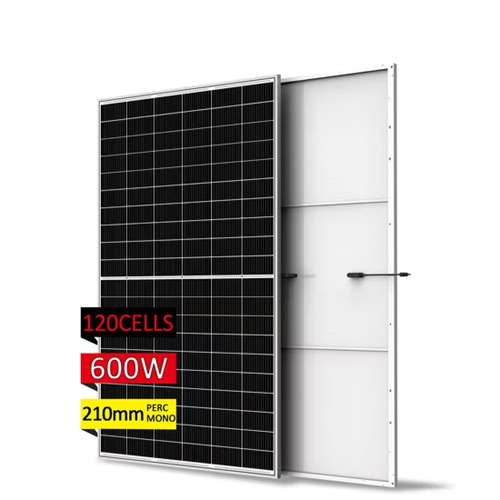About VRLA Series
Avalve regulated lead–acid (VRLA) battery, commonly known as a sealed lead–acid (SLA) battery,is a type of lead–acid battery characterized by a limited amount of electrolyte ("starved" electrolyte) absorbed in a plate separator or formed into a gel; proportioning of the negative and positive plates so that.
The first lead–acid gel battery was invented by Elektrotechnische Fabrik Sonneberg in 1934.The modern gel or VRLA battery was invented by Otto Jache of in 1957. The first AGM cell was.
Each cell in a VRLA battery has a pressure relief valve which will activate when the battery starts building pressure of hydrogen gas, generally a result of being recharged.The cell covers typically have gas diffusers built into them that allow.
Originally a kind of gel battery was produced in the early 1930s for portable valve (tube) radio LT supply (2, 4 or 6 V) by adding silica to the sulfuric acid.By this time the glass case was being replaced by celluloid and later in 1930s other plastics. Earlier "wet" cells in.
VRLA gel and AGM batteries offer several advantages compared with VRLA flooded lead–acid and conventional . The battery can be mounted in any position, since the valves only operate on over-pressure faults. Since the battery system is designed to be.
Lead–acid cells consist of two plates of lead, which serve as , suspended in anconsisting of diluted . VRLA cells have the same chemistry,except the electrolyte is immobilized. In AGM this is accomplished with a fiberglass mat; in.
AGM batteries differ from flooded lead–acid batteries in that the electrolyte is held in the glass mats, as opposed to freely flooding the plates. Very thinare woven into a mat to increase the surface area enough to hold a sufficient amount of electrolyte on.
Many modern motorcycles and(ATVs) on the market use AGM batteries to reduce likelihood of acid spilling during cornering, vibration, or after accidents, and for packaging reasons. The lighter, smaller battery can be installed at an odd angle if needed.
As the photovoltaic (PV) industry continues to evolve, advancements in VRLA Series have become critical to optimizing the utilization of renewable energy sources. From innovative battery technologies to intelligent energy management systems, these solutions are transforming the way we store and distribute solar-generated electricity.
When you're looking for the latest and most efficient VRLA Series for your PV project, our website offers a comprehensive selection of cutting-edge products designed to meet your specific requirements. Whether you're a renewable energy developer, utility company, or commercial enterprise looking to reduce your carbon footprint, we have the solutions to help you harness the full potential of solar energy.
By interacting with our online customer service, you'll gain a deep understanding of the various VRLA Series featured in our extensive catalog, such as high-efficiency storage batteries and intelligent energy management systems, and how they work together to provide a stable and reliable power supply for your PV projects.
3 FAQs about [VRLA Series]
What are the different types of VRLA batteries?
There are two primary types of VRLA batteries, absorbent glass mat (AGM) and gel cell (gel battery). Gel cells add silica dust to the electrolyte, forming a thick putty-like gel. AGM (absorbent glass mat) batteries feature fiberglass mesh between the battery plates which serves to contain the electrolyte and separate the plates.
What makes a VRLA battery different from a flooded battery?
Lead Plates: Similar to traditional flooded lead-acid batteries, VRLA batteries contain lead plates immersed in sulfuric acid electrolyte. Absorbent Separator: Unlike flooded batteries, VRLA batteries utilize absorbent separators made of glass mat (AGM) or gel electrolyte to immobilize the electrolyte and prevent spillage.
What are the advantages of a VRLA battery?
Maintenance-Free Operation: One of the primary advantages of VRLA batteries is their maintenance-free operation. The sealed design eliminates the need for periodic electrolyte maintenance, as there is no risk of electrolyte spillage or water loss.
Related Contents
- 12V250AH 6-GFM-250 VRLA Battery
- 2V 150Ah VRLA Battery
- Gellyte Range VRLA
- Solar12-150 VRLA Gel Battery
- Solar12-100 VRLA Gel Battery Chilwee
- OPzV2-2000 2V2000Ah VRLA Battery Fortune CP
- Energy storage in series capacitors in circuits
- Energy storage capacitor and inductor in series
- European energy storage series
- Eupd energy storage series
- Power storage of seiko gs series
- Energy storage inverters in parallel or series


